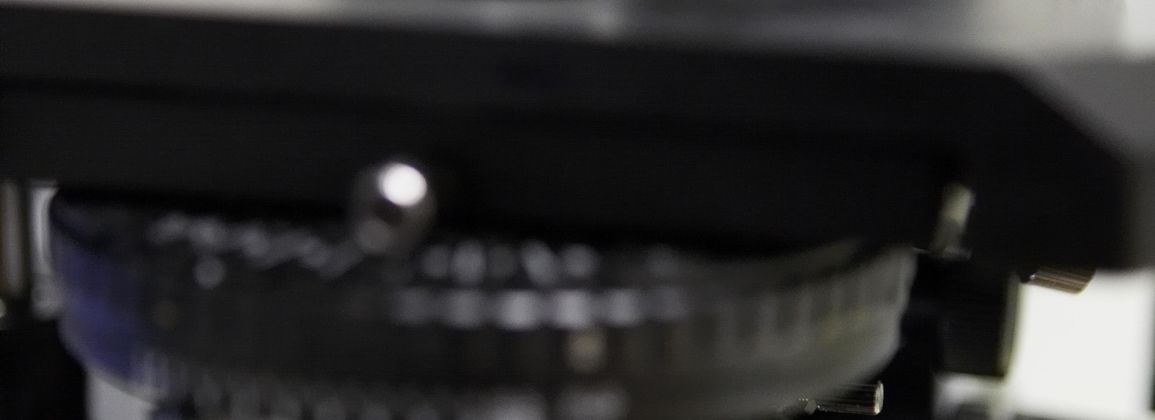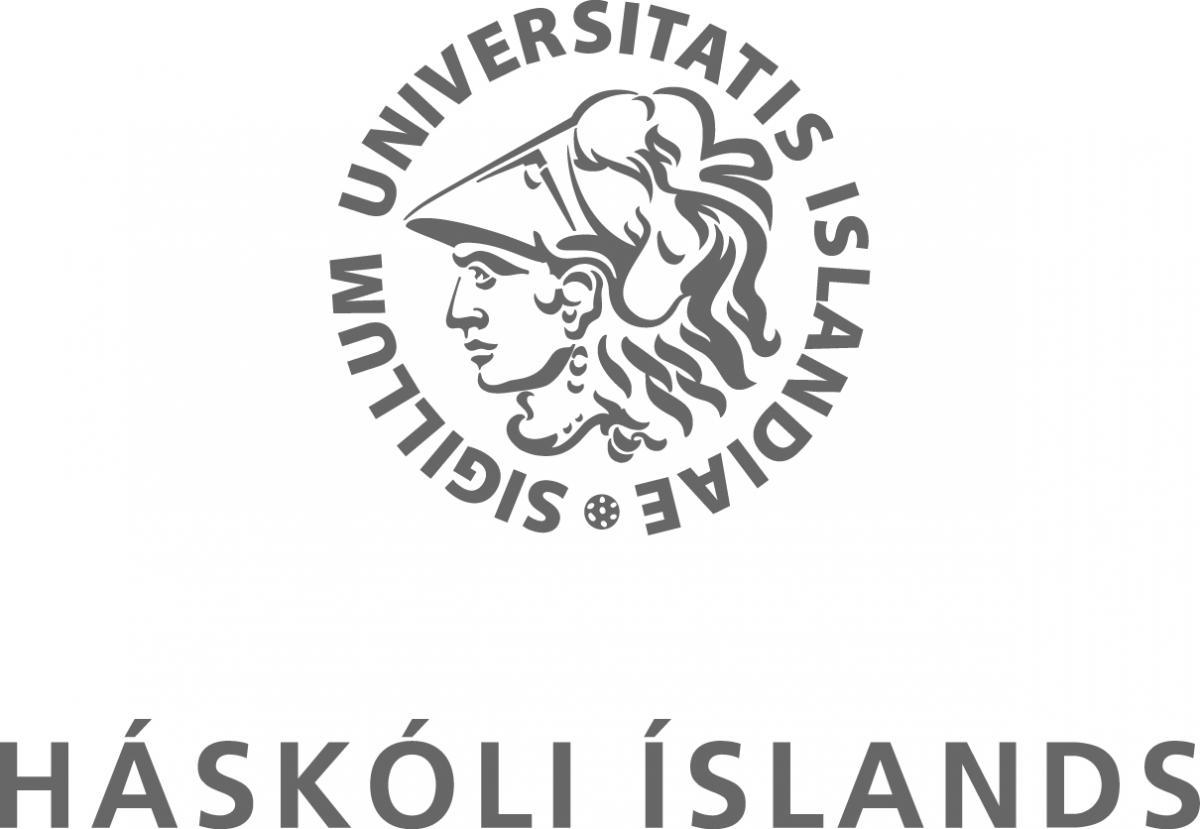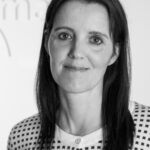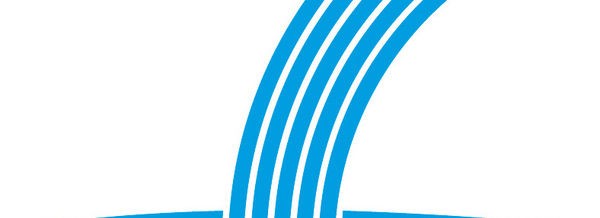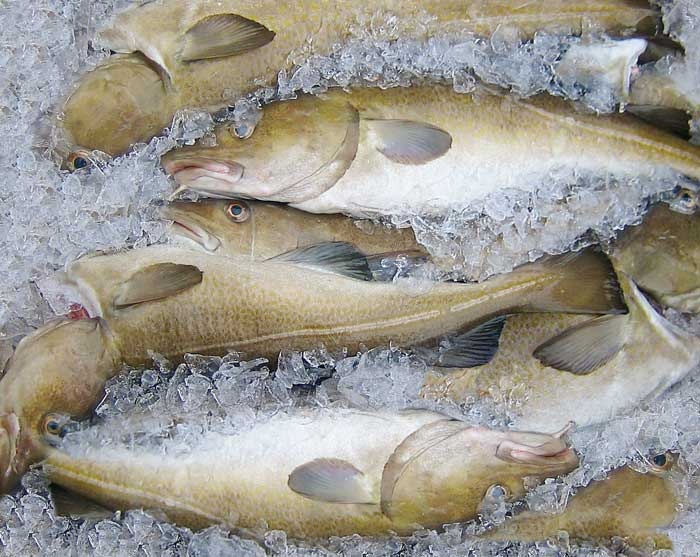On Monday 18 May, Matís' employee, Hrönn Ólína Jörundsdóttir, will give a lecture on pollutants in the Icelandic ecosystem. The lecture will be held at Matís' premises at Borgartún 21, 2nd floor and starts at 11:30. Everyone is welcome as long as accommodation allows.
Hrönn Ólína Jörundsdóttir defended her doctoral dissertation "Temporal and spatial trends of organohalogens in guillemot (Uria algae) in North Western Europe" on February 6, 2009 at the Department of Environmental Chemistry at the University of Stockholm.
The dissertation deals extensively with persistent organic pollutants in the Nordic countries, such as PCBs and the insecticide DDT, as well as their metabolites, which were mainly measured in long-range eggs. The substances were measured in eggs from Iceland, the Faroe Islands, Norway and Sweden to obtain a geographical comparison.
The results show that the North Atlantic ecosystem is less polluted than the Baltic ecosystem, but various pollutants were found to be in similar concentrations in these areas and it is necessary to investigate further why this is the case. Fluorinated alkanes, which come from outdoor clothing, have recently been found in significant amounts in nature, measured in long-tailed eggs from Iceland, the Faroe Islands, Norway and Sweden and were in some cases in higher concentrations in eggs from the North Atlantic than in the Baltic Sea. Brominated fire retardants, which are used in electronics, among other things, were measurable everywhere and it seems that it is possible to identify the different origins of the substances that reach the North Atlantic, on the one hand from North America and on the other from Europe.
A comparison was also made of the amount of pollutants in seven Icelandic bird species, i.e. heron, eider, osprey, elephant, herring gull, black-backed gull and skimmer. The foam was found to have a significant high concentration of pollutants, including PCB compounds and the insecticide DDT, and it is important to study the health condition of the foam.
It is clear that part of the pollution measured in the Icelandic ecosystem travels through ocean and air currents to Iceland, but on the other hand a significant part is due to Icelanders' use of goods that contain various pollutants.
For further information, please contact Hrönn, hronn.o.jorundsdottir@matis.is.

